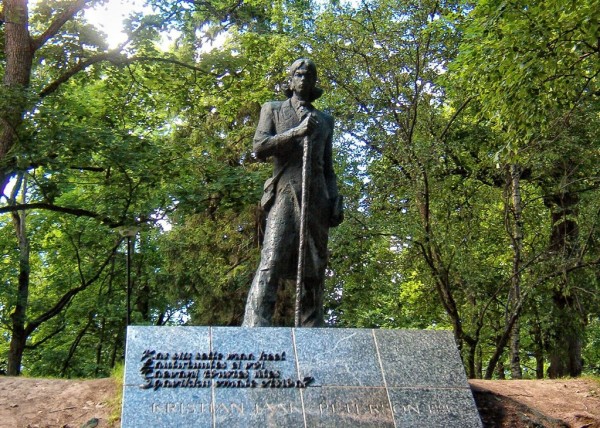Fully three separate Estonian parliamentary commissions have investigated the processes and outcomes of ending the KGB’s activities in the 1991 newly restored independent republic. Most of the other Soviet establishments were closed very rapidly, but the KGB’s elimination proved to be lenghty and difficult. It’s been widely discussed that some of the decisions made during the liquidation processes have consequences related to Russian intelligence agencies penetrating Estonian targets now.
In Tartu, on October 24, 1991, eight sealed bags of files on operations had been sorted and stored by Estonians who had forcefully entererd and taken over the local KGB offices some weeks previous, were formally handed over to Russian offcials. EnnTarto, who had spent over two dozen years in the Gulag and played a major part in liquidating the KGB’s Tartu activities learned about the relinquishing of the documents some years later when he was a parlamentarian. He claims never to have been as deeply insulted as by that handover.
Similalry in Paide and Viljandi, documents found in KGB safes were immediatly handed over to a KGB representative upon the order of an offcial of the Estonian government’s KGB Liquidation Commission which had been formed to see the termination of KGB activities in Estonia and the takeover of any offices/buildings/safe houses/equipment etc. Observers are puzzled why the relinquishing of documnets to the KGB occurred, since the KGB was in an untenable position and didn’t have the authority to demand ownership of the files.
After the failed coup by hardliners in Moscow, Edgar Savisaar (who had been chair of the Council of Ministers before the re-establishment of independence and thus „prime minister” after Estonia became free) issued a decree on August 26, 1991 to end KGB activities, to lock and seal the various facilities of the agency and to preserve the documents within. But it is not clear when this order was carried out.
In fact the order was certainly not enacted upon immediately but rather in October and November.
Totally reliable information doesn’t exist about the number and content of the KGB documents and dossiers that were removed to Russia or the documents that were destroyed before and during the closing of the KGB.
But it’s certain that practically all of the documents of the fifth Chief Directorate, the department that was involved with anti-Soviet activity, were destroyed. That was the department that was most sensitive to compromise and no traces of this was to be left behind. Files pertaining information about ongoing operations were destroyed immediately upon the hardliners’ coup failing in Moscow.
It’s also probable that nearly all of the most most highly classified material related to the first Chief Directorate, foreign intelligence, was removed. Much of this was done even before the removel of the archives of agents. Some say that even as early as November 1989 some 13,500 files were removed. (This is an indication of the massive network of agents recruited by the KGB in Estonia. Ed.) In spite of the enormous size of the shipment it was done in one night via ship’s container to Russia. This was followed by a shipment of 2000 files on operations on January 31, 1990.
It’s also said that files covering operations and and reqruitments related to Estonians living abroad were also removed to Russia.
According to Rein Sillar, the last head of the KGB in Estonia, the need for using the dossiers of active agents still existed. Specific files duely requested were thus returned temporarily from Russia, It was cumbersome because the request was never fulfilled under one week.
It’s clear from Estonian state archives that the KGB demanded the return of the files on eight individuals that had been in the possession of the Estonian State Secretariat, amongst them being: Karl Kortelainen, head of the KGB in Soviet-occupied Estonia 1982-1990; Pavel (Paul) Toom, head of the first Chief Directorate (foreign intelligence) of the KGB in Estonia and twice appointed as an accredited Soviet diplomat to the emabssy in Stockholm in the 1960’s and 1970’s; Nikolai Guljanski, head of the KGB in Paide 1970-1974.
The archive of files from the Estonian KGB foreign intelligence section section are in Russia. Experts say that amongst other categories, they contain dossiers on career KGB officers, some 16,000 recruited agents and thousands of files on Estonians living abroad. This vast amount of information couldn’t possibly have been compiled by the few diplomatically accredited KGB officials of Estonian heritage stationed at Soviet embassies in Stockholm, Ottawa and elsewhere. One there logically questions if the work of gathering the data and passing it along was shared by agents recruited within the community abroad? This will be discussed in the next column.
Laas Leivat

25 years ago, the KGB closed shop in Estonia and took its written record to Russia Estonian Life
Arvamus
TRENDING



























